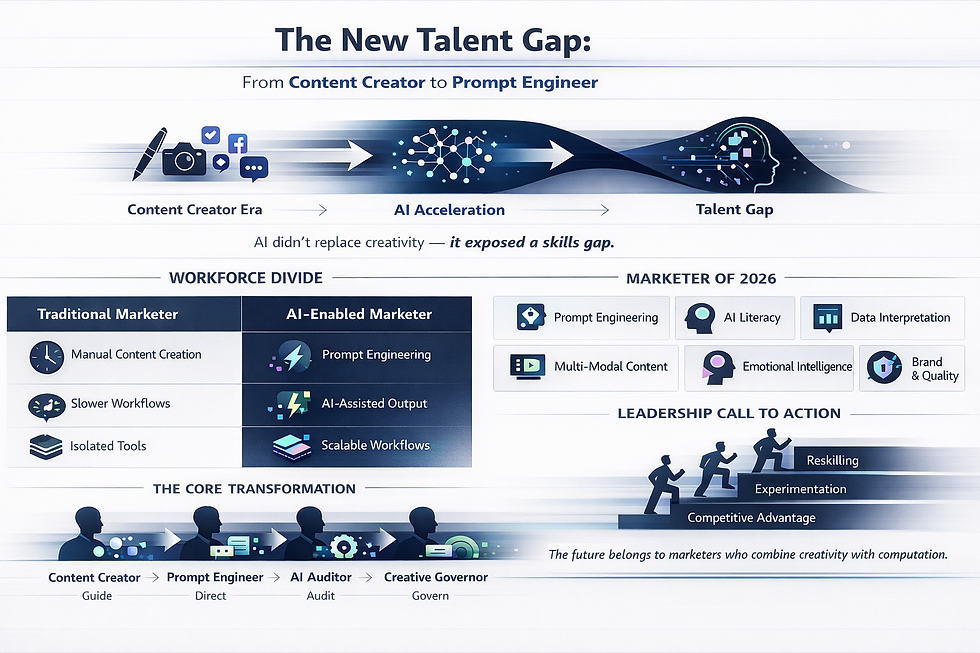4 Major Marketing Failures in the Automotive Industry
- ClickInsights

- Sep 6, 2024
- 3 min read
Marketing Failures in the Automotive Industry
Welcome to our blog post on marketing failures in the automotive industry! we often celebrate the successes and achievements of iconic car brands, it is equally important to acknowledge the instances where marketing strategies have missed the mark. In this article, we will delve into some fascinating examples marketing missteps that have affected global automobile manufacturers. From linguistic oversights to unintentional associations, these failures serve as valuable lessons for companies entering new markets.
The automotive industry has undoubtedly witnessed remarkable successes over the years, with iconic brands becoming a symbol of luxury and status. However, amidst the triumphs, there have also been instances where marketing strategies have faltered and led to significant failures. So, let's dive in and explore these captivating stories of marketing blunders in the automotive industry!

General Motors (GM)
One of the most prominent failures was witnessed by one of the leading automobile manufacturers, General Motors (GM), in the early 1980s. GM launched the Chevrolet Nova in Latin American countries, hoping to replicate its success in the United States. Unfortunately, they failed to realize that "Nova" translated to "no go" in Spanish. This linguistic oversight resulted in poor sales as potential buyers associated the name with a car that would not start. It demonstrates the importance of considering cultural and language differences when entering new markets.
Mercedes-Benz
Another notable failure occurred in Japan during the late 1990s, when Mercedes-Benz unveiled their A-Class model. The brand had built a reputation for producing high-end luxury vehicles. However, the marketing campaign for the A-Class targeted younger customers, aiming to attract a wider audience beyond their traditional market. With an ad illustrating a moose test, which revealed the car's tendency to tip over on sharp turns, the campaign backfired spectacularly. The unintended implication of the advertisement regarding safety damaged Mercedes-Benz's reputation and sales suffered as a result.
Ford
Not just limited to foreign manufacturers, even renowned household names have faced marketing failures. In 2013, Ford attempted to introduce their Lincoln luxury brand to China. However, they underestimated the importance of localization. The Chinese market demands specific features and designs to align with local tastes and preferences. Ford neglected this crucial aspect, resulting in lukewarm sales and struggling to compete against established Chinese luxury car brands. This failure highlighted the significance of adapting to the cultural nuances of the target market.
DeLorean DMC-12
Furthermore, we cannot discuss marketing failures in the automotive industry without mentioning the infamous DeLorean DMC-12. Despite its brief existence, this iconic car will forever be associated with marketing missteps. The DeLorean faced several challenges, including production delays and weak image positioning. However, the most significant failure emerged from the movie "Back to the Future." The film famously featured a time-traveling DeLorean, but it was the unintended association of the car as a symbol of failure and being outdated that further affected its sales.
While these marketing failures serve as cautionary tales for the automotive industry, it is essential to acknowledge the effort and value they contribute to the sector's overall growth. Learning from these blunders pushes manufacturers to refine their strategies, diversify their offerings, and stay attuned to evolving consumer demands.
Each failure provides valuable lessons and insights into cultural sensitivities, brand perception, and market demand. By astutely addressing past mistakes while maintaining a customer-centric approach, automotive companies can mitigate potential pitfalls and thrive in an ever-evolving marketplace.


At Boss Cash Cars, we make it easy to Sell Junk Car for Cash quickly and hassle-free. Whether your vehicle is old, damaged, or no longer running, we'll offer you a fair price and take it off your hands. Our simple process ensures you get cash in hand without any stress or delays. Contact us today to turn your junk car into cash with ease!
google 优化 seo技术+jingcheng-seo.com+秒收录;
Fortune Tiger Fortune Tiger;
Fortune Tiger Fortune Tiger;
Fortune Tiger Fortune Tiger;
Fortune Tiger Slots Fortune…
站群/ 站群
gamesimes gamesimes;
03topgame 03topgame
EPS Machine EPS Cutting…
EPS Machine EPS and…
EPP Machine EPP Shape…
Fortune Tiger Fortune Tiger;
EPS Machine EPS and…
betwin betwin;
777 777;
slots slots;
Fortune Tiger Fortune Tiger;